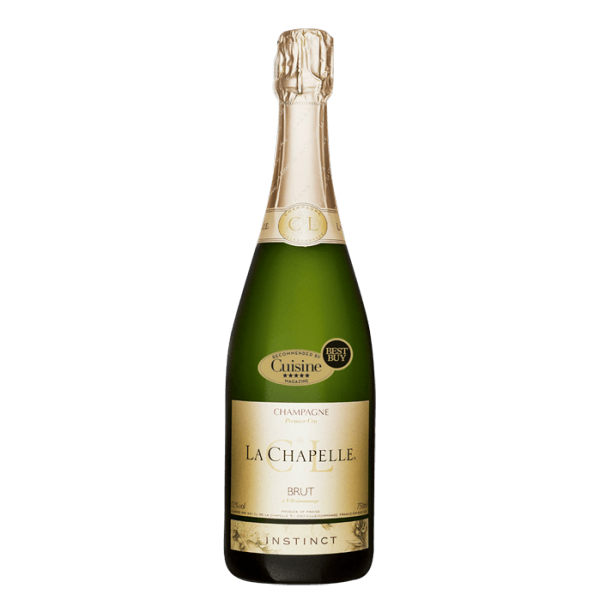champagne
Champagne1, also called Champagne wine, is a French sparkling wine protected by a registered designation of origin whose regulation has required several centuries of gestation. Its name comes from Champagne, a region in northeastern France. The geographical delimitation, the grape varieties, the yields and all the champagne production are the main characteristics of the appellation.
Historically, in the Middle Ages, this province started producing still, non-sparkling wines. Clear wines also called "nature", whose fame began to exceed their region of origin in the sixteenth century, through a renowned ambassador, King Henry IV, then in the seventeenth century, thanks to the talents of dom Pérignon (1638-1715), a monk cellarer of the Benedictine abbey of Hautvillers, especially with the assembly of different crus and the control of the setting of foam during the second fermentation. The success of the appellation then increased from 8 million bottles shipped in 1850 to 28 million in 1900, 100 million in 1970, 200 million in 1986, 300 million in 20106 and 312 million in 2015, the market having reached 4.74 billion euros, with almost half of sales generated by exports marked by strong growth in value and volume7,8.
The champagne is made mainly from three grape varieties: the Pinot Noir N, the N sucker and the Chardonnay B. The Champagne vineyard produces mostly sparkling white wines, with a wide range of cuvées (special or not), vintages and various bottles.
Champagne is a drink that has become synonymous with celebration or celebration. It enjoys a prestige recognized worldwide, thanks to the very active protection and defense of the appellation, notably provided by the CIVC (Interprofessional Committee of Champagne Wine).